Heat Sinks for Manufacturing Needs
Manufacturing precision-made heat sinks for electronics, lighting, and communication industries.
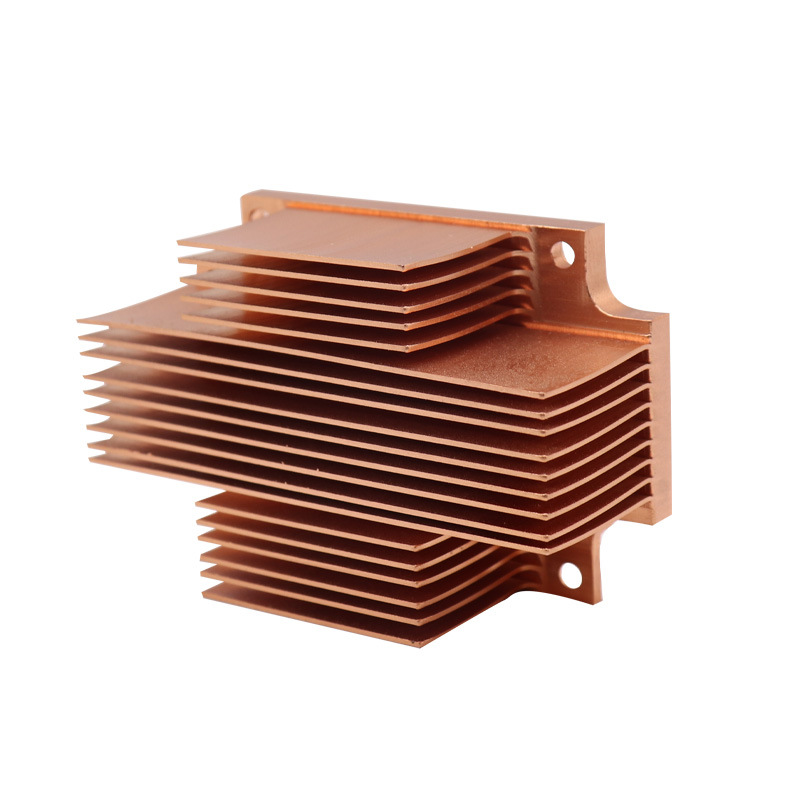
Lower MOQ, Start From 1 PCS
By offering lower MOQs, Partzcore can cater to a wider range of needs, ensuring that all customers, regardless of size, have access to the thermal management solutions they require.
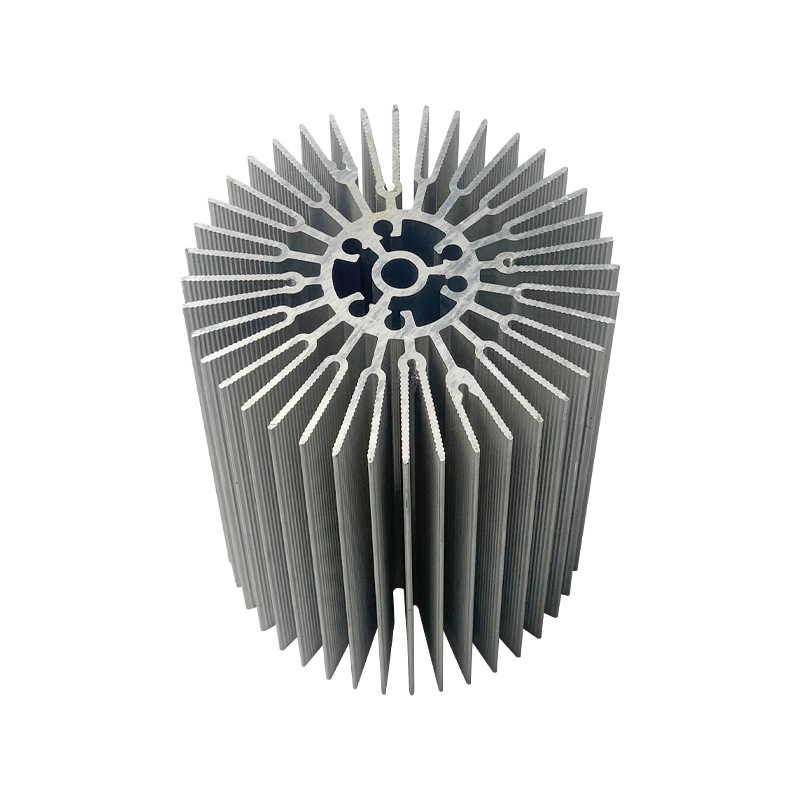
High Precision, Provide QC Report
Precision in manufacturing ensures that the heat sink fits perfectly with the component it is designed to cool, maximizing the efficiency of heat transfer.

Flexibility in Design, On Your Demand
By offering customizable, modular, and scalable designs, Partzcore can meet the diverse requirements of different industries, ensuring that their heat sinks provide optimal thermal management in any setting.
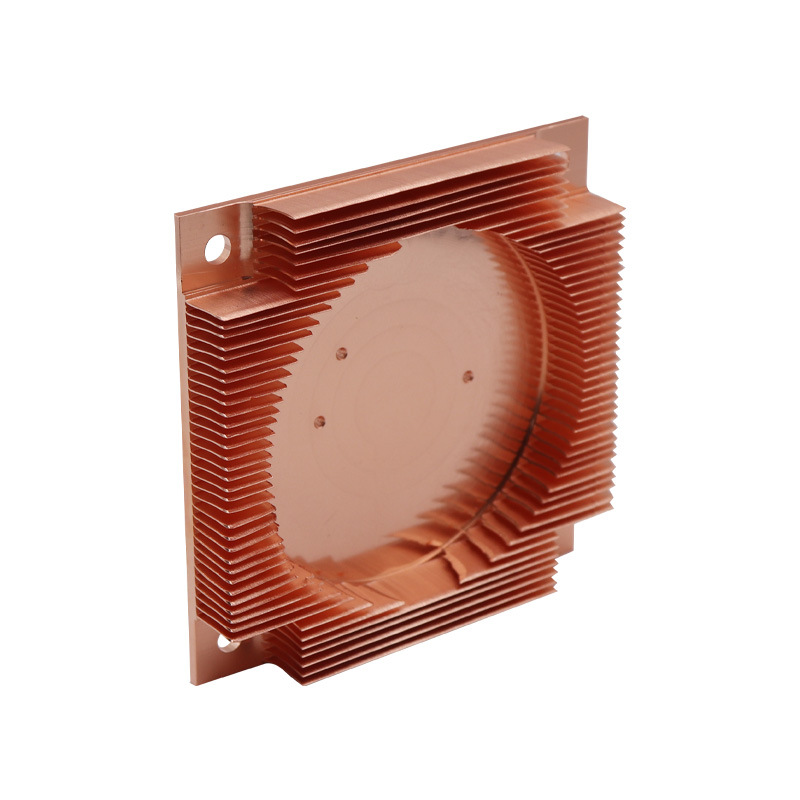
Cost-Efficiency, Save 10% Budget
By focusing on material selection, manufacturing methods, and design optimization, businesses can achieve a balance between performance and cost, ensuring that they deliver high-quality, affordable products to the market.
What is the Process of Heat Sink Manufacturing?
The manufacturing of heat sinks involves several processes, each chosen based on the desired shape, material, and cost considerations. The most common methods include:

Machining
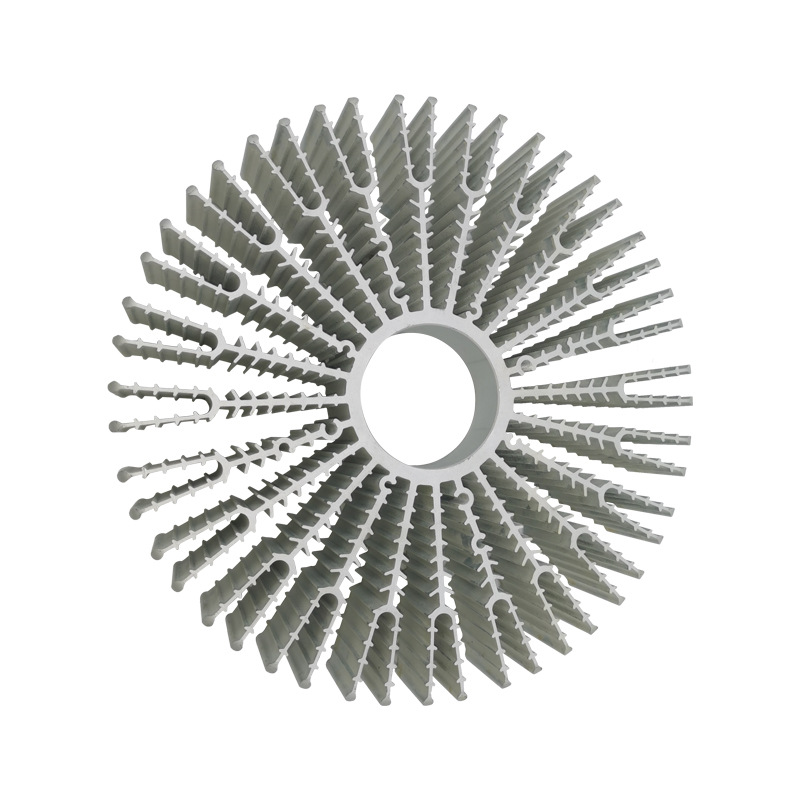
Extrusion

Forging

Stamping

Skiving
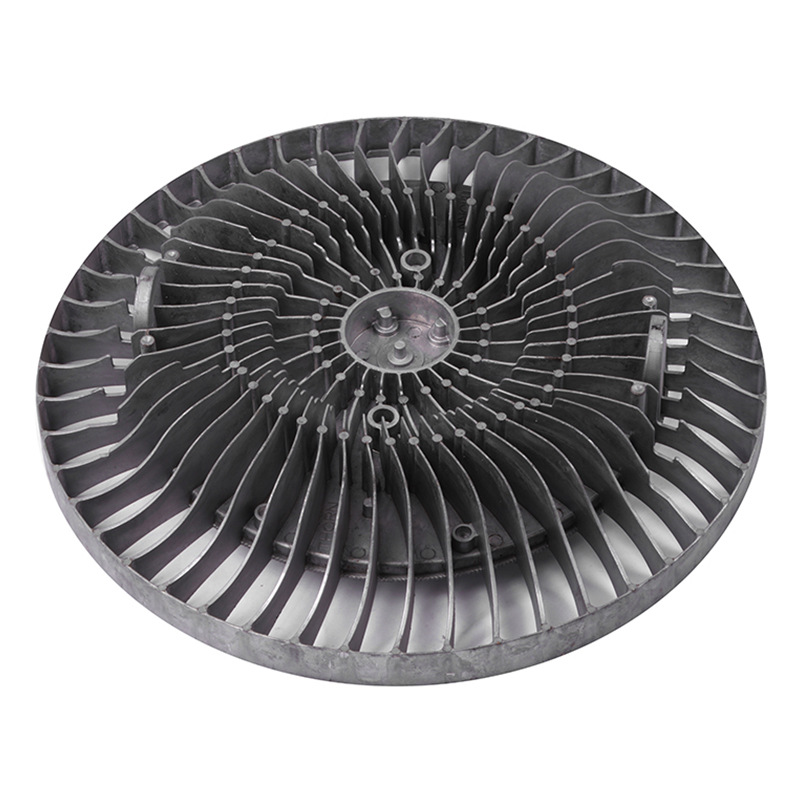
Casting
Materials Used in Heat Sink Manufacturing
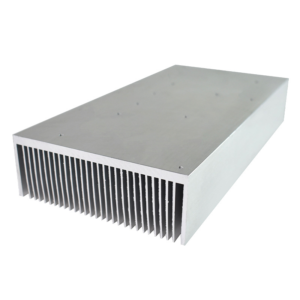
Aluminum
Advantages of Aluminum:
Good thermal conductivity, providing efficient heat dissipation.
Lightweight, reducing the overall weight of the device.
Cost-effective and readily available, making it a popular choice for mass production.
Disadvantages of Aluminum:
Lower thermal conductivity compared to copper.
May require additional surface treatment to prevent corrosion in harsh environments.
Less durable under extreme conditions compared to more robust materials like copper.
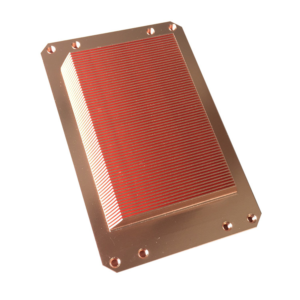
Copper
Advantages of Copper:
High thermal conductivity, providing superior heat dissipation.
Durable and resistant to corrosion, especially when plated or treated. Allows for more compact heat sink designs without sacrificing performance.
Disadvantages of Copper:
Heavier than aluminum, which may not be suitable for all applications.
More expensive, leading to higher production costs.
Requires more complex manufacturing processes, such as soldering or bonding to combine with other materials.
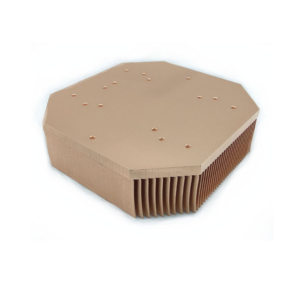
Brass
Advantages of Brass:
Brass is durable, corrosion-resistant, and easily machined, making it ideal for applications needing mechanical strength, thermal management, and custom designs, especially in harsh environments.
Disadvantages of Brass:
Brass has lower thermal conductivity, higher cost, and more weight than aluminum, limiting its use in high-thermal, cost-sensitive, or lightweight applications.
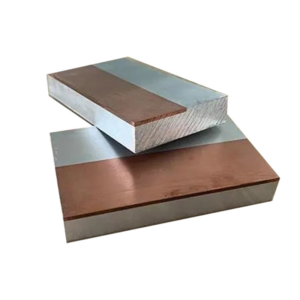
Hybrid Materials
Advantages of Hybrid Materials:
Optimized thermal performance by combining different materials’ strengths, flexible design customization for specific needs, and cost-effectiveness by using expensive materials only where necessary.
Disadvantages of Hybrid Materials:
Complex manufacturing, potential thermal expansion mismatch, and need for careful design and material selection to ensure compatibility and performance.
Available Finishes
This finishing option is the fastest available. Parts may have visible tool marks and possibly sharp edges or burrs, removable on request.
You can use sandblasting to peel paint, smooth out rust, take bumps and mars from stuff, and basically make things clean. Ironically, you can also sandblast things to scuff them up by etching the surface and give something a little bit of ‘tooth’ so that paint will stick better.
Type II anodizing enhances corrosion resistance. It allows parts to be colored in various shades like clear, black, red, and gold, typically for aluminum. Type III provides a thicker, wear-resistant layer as well as the corrosion resistance of Type II.
This process involves spraying powdered paint onto a part, which is then heated in an oven. The result is a tough, wear- and corrosion-resistant coating, more robust than traditional paint methods. A broad range of colors is available for achieving the desired look.
Plating involves coating a conductive surface with a thin metal layer. This method is often used to prevent corrosion, enhance durability, modify surface friction, and boost aesthetics.
Can't find the finish you require? Send us an RFQ, and we'll explore a finishing solution for you.
Best Design Practices for Heat Sinks
Effective heat sink design requires careful consideration of several factors, all of which contribute to the overall thermal performance and efficiency of the device.
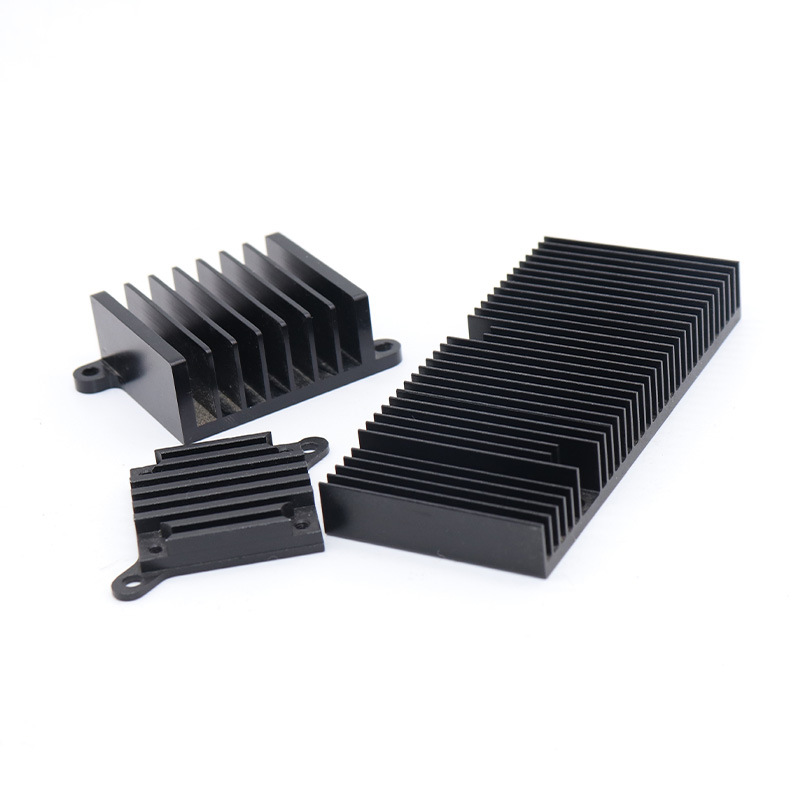
Surface Area
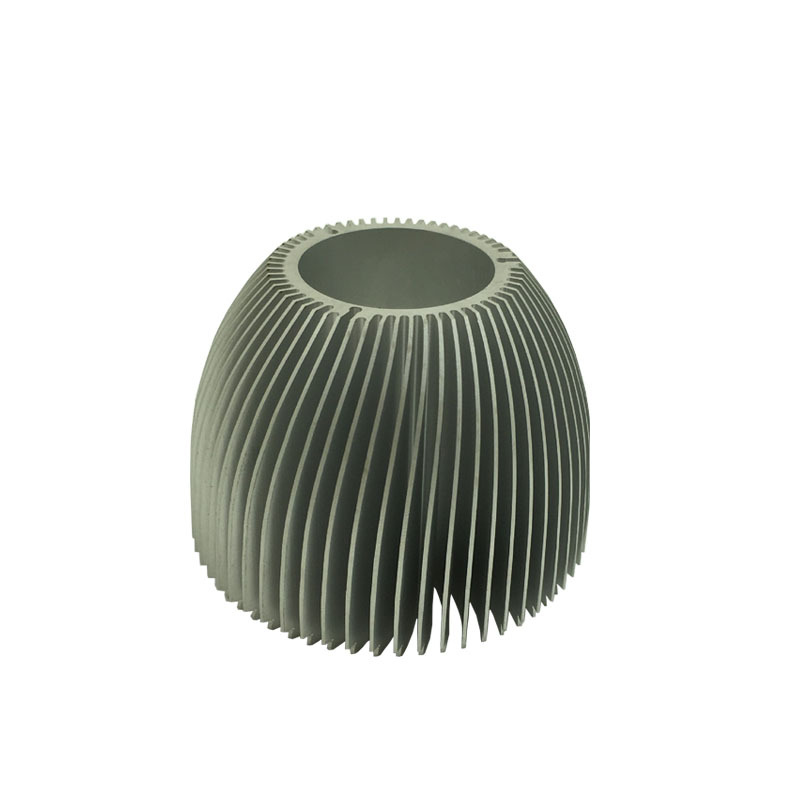
Fin Spacing

Material Choice
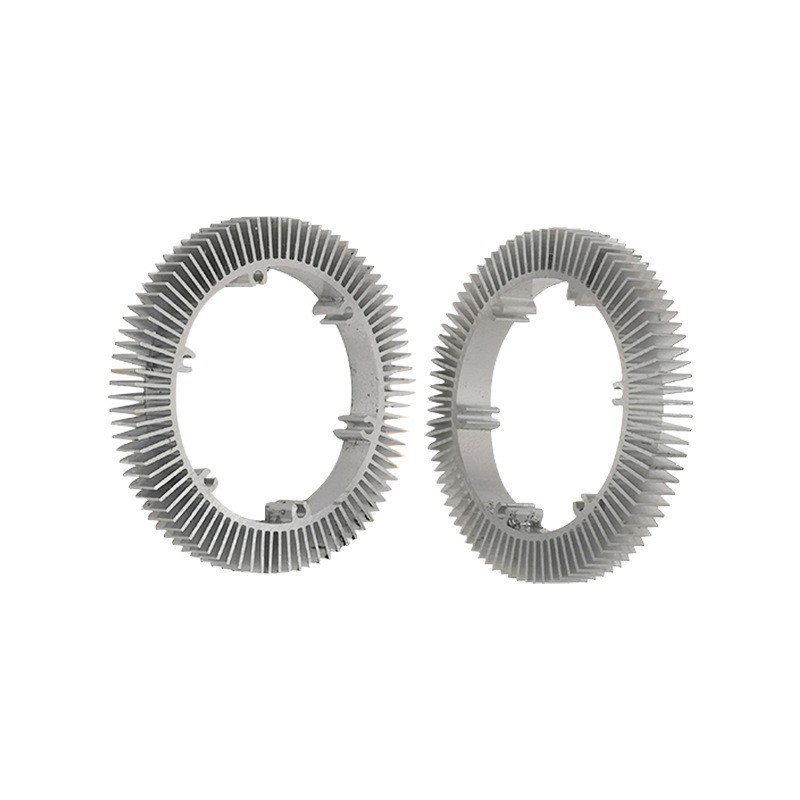
Mounting and Interface Materials
Applications of Heat Sinks in Various Industries
Heat sinks are used in a wide range of industries, each with unique requirements and challenges. Understanding these applications can help guide the selection and design of heat sinks for specific needs.
Consumer Electronics

Key Considerations:
Automotive
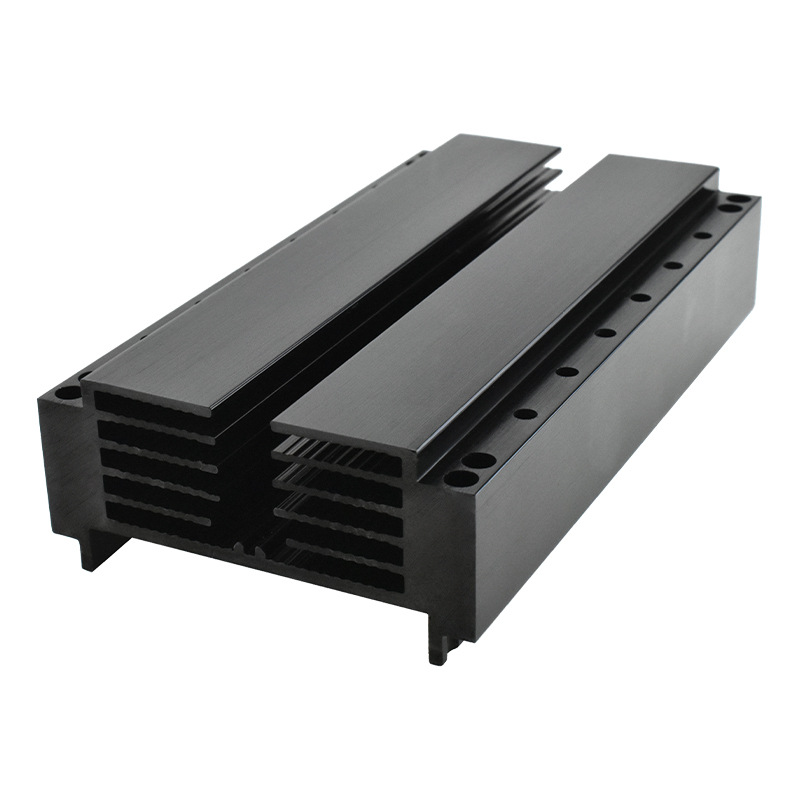
Key Considerations:
Industrial Equipment

Key Considerations:
Renewable Energy
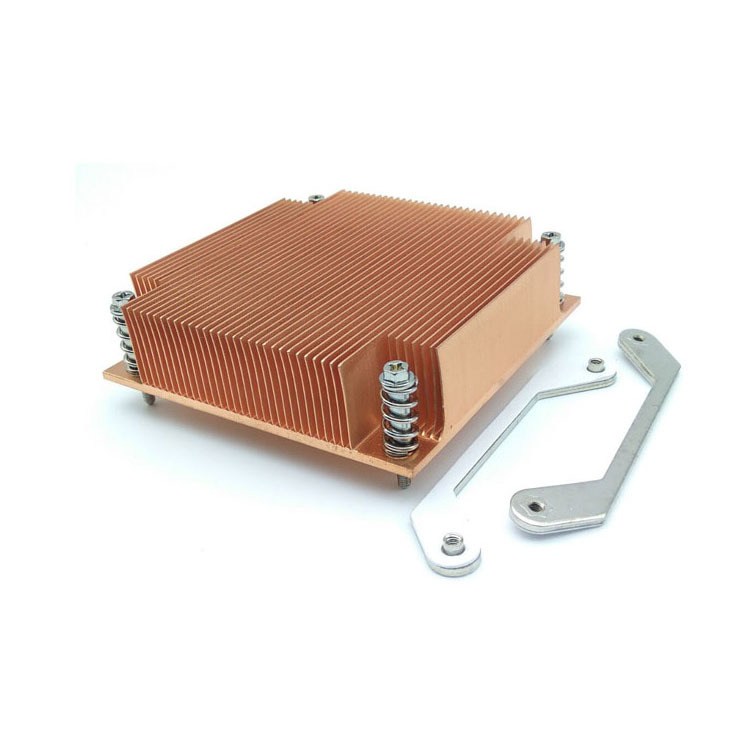
Key Considerations:
Benefits of Using Heat Sinks
Using heat sinks provides several benefits, which are critical in ensuring the performance, reliability, and longevity of electronic devices and systems.

Improved Performance
By managing heat effectively, heat sinks ensure that electronic components operate within their optimal temperature range, leading to better performance.
Overheating can cause components to throttle their performance to avoid damage, so effective heat dissipation is key to maintaining high performance.
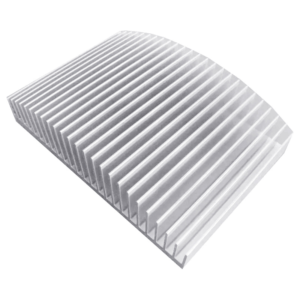
Extended Lifespan
Thermal management plays a significant role in extending the lifespan of electronic components.
By reducing thermal stress, heat sinks help prevent overheating, which can lead to premature failure. This is especially important in applications where reliability is critical, such as in automotive and industrial systems.
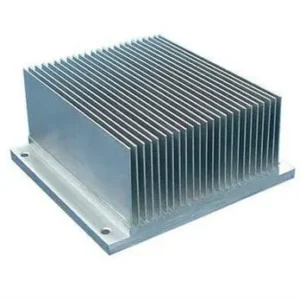
Reliability
In critical applications, such as automotive or industrial systems, reliable thermal management is essential for ensuring consistent performance.
Heat sinks contribute to system reliability by maintaining stable operating temperatures and preventing thermal runaway, which can lead to catastrophic failures.
FAQs
The purpose of using a heat sink is to remove heat from device components, thereby improving performance and extending the life of the device.
Consider the thermal requirements, the available space, the type of cooling (passive or active), and the material. Consulting with a thermal engineer or using simulation tools can help optimize the design.
Yes, copper offers better thermal conductivity, but it is heavier and more expensive. It is often used in high-performance applications where superior heat dissipation is required.
Use precise thermometers or temperature sensors placed directly on the radiator and in the ambient environment to get accurate readings.
If the material is unknown, try to identify it through manufacturer specifications or testing. Using incorrect material properties can lead to inaccurate calculations.
Now that we've covered the basics, let's walk through the steps to calculate the heat dissipation power of a radiator.
Step 1: Determine the Temperature Gradient
First, measure the temperature of the radiator and the ambient environment. The difference between these two temperatures is your temperature gradient. For example, if your radiator is at 80°C and the ambient temperature is 20°C, the temperature gradient is 60°C.
Step 2: Calculate the Surface Area of the Radiator
Next, calculate the total surface area of the radiator. This includes all the surfaces that are exposed to air or another cooling medium. For a simple rectangular radiator, you can calculate the surface area using the formula:
Surface Area=2×(Length×Width+Length×Height+Width×Height)\text{Surface Area} = 2 \times (\text{Length} \times \text{Width} + \text{Length} \times \text{Height} + \text{Width} \times \text{Height})Surface Area=2×(Length×Width+Length×Height+Width×Height)
For radiators with fins or complex designs, the calculation may be more intricate.
Step 3: Identify the Material's Thermal Properties
Identify the thermal conductivity (k) and specific heat capacity (c) of the radiator material. These properties are usually available in material property databases or manufacturer specifications.
Step 4: Use the Heat Dissipation Formula
The basic formula to calculate heat dissipation power (P) in watts is:
P=k×A×ΔTP = k \times A \times \Delta TP=k×A×ΔT
Where:
- kkk is the thermal conductivity of the material,
- AAA is the surface area,
- ΔT\Delta TΔT is the temperature gradient.
This formula provides a simplified estimation of the heat dissipation power.
Example Calculation
Let's go through a detailed example to solidify the concepts.
Imagine you have an aluminum radiator (thermal conductivity k=205 W/mKk = 205 \text{ W/mK}k=205 W/mK) with dimensions of 1m x 0.5m x 0.05m. The radiator's surface area (assuming simple design) is:
Surface Area=2×(1×0.5+1×0.05+0.5×0.05)=2×(0.5+0.05+0.025)=1.15 m2\text{Surface Area} = 2 \times (1 \times 0.5 + 1 \times 0.05 + 0.5 \times 0.05) = 2 \times (0.5 + 0.05 + 0.025) = 1.15 \text{ m}^2Surface Area=2×(1×0.5+1×0.05+0.5×0.05)=2×(0.5+0.05+0.025)=1.15 m2
If the radiator operates at 80°C and the ambient temperature is 20°C, the temperature gradient (ΔT\Delta TΔT) is 60°C. Plugging these values into the formula:
P=205×1.15×60=14145 WP = 205 \times 1.15 \times 60 = 14145 \text{ W}P=205×1.15×60=14145 W
So, the heat dissipation power of the radiator is approximately 14.1 kW.
we can help
Provide Customized Solutions
Contact Partzcore (sales@partzcore.com) to get a free quote and expert advice on custom metal parts. Our team will provide the right solution for your project.
Tell Us What You Need
Please share your specific needs with us, including drawings, reference images, and your ideas, so we can turn them into reality.
Professional Team
We will analyze your requirements and drawings to provide the optimal solution, along with a detailed quote within 24 hours.
Approve for Mass Production
Upon receiving your approval and deposit, we will proceed with mass production and manage the shipping process.

